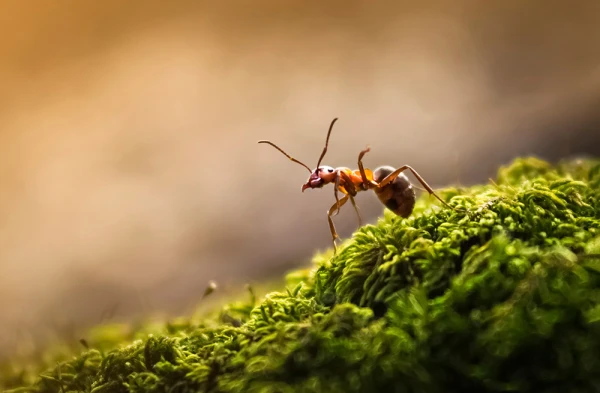
Familiar from childhood, ants busily scurry about their business both in forests and cities. But do you know how long they live?
There are about 20 quadrillion ants on Earth — this means that there are approximately 2 million ants for each of us. These insects make up 15 to 20% of the total biomass of the planet — much more than vertebrates. They are also among the oldest insects on Earth — ants existed 120 million years ago, alongside dinosaurs.
Genetically, it is programmed that an ant should live for four years. However, due to various conditions — both natural and human-related — the average lifespan of the insect varies from 2 to 5 years.
The lifespan of ants depends on a number of factors:
The main reason affecting lifespan is the species to which the ants belong. Currently, there are over 15,000 species on Earth, differing in external structure and size. Their length ranges from 0.07 mm to 5 cm.
The common house ant lives for 1-3 years, while the queen can live up to 15 years.
The Pharaoh ant lives only 2-3 months, with the queen living up to four years.
The feudal ant has a lifespan of about one year, while the queen can live up to 15 years.
The Camponotus ant lives for 1-3 years, and the queen can live for 25 years.
Another reason is the size of the insects: larger individuals live longer than smaller ones.
Temperature fluctuations also play an important role. In cooler climates, the metabolism of ants slows down, increasing the duration of hibernation and extending the time for larval development, thus increasing their lifespan.
The nature of the work of the insects also affects their lifespan: ants that build nests and care for offspring live longer than those that forage for food and protect the anthill.
Parasites and predators shorten their lifespan.
The habitat plays a significant role. It should be noted that ants in artificial farms live longer than those in natural conditions.
An ant farm is an artificial anthill kept in domestic conditions. It consists of a transparent body with a system of tunnels, partitions, and a feeding arena. People most often acquire harvester ants along with a queen for such farms. Harvester ants are a genus of grain-eating ants found throughout the Northern Hemisphere, except for the Far North.
Ant Life Cycle
Ants live in colonies ranging from 10 to 1 million individuals and go through the following stages in their life cycle:
Egg. The insect eggs can be fertilized — resulting in females, or unfertilized — developing into males.
Larvae. They do not move independently and are entirely dependent on adult individuals. This stage is quite prolonged, during which the larva molts up to five times.
Pupa. Externally resembles an adult ant but remains motionless. This stage is shorter: from a few days to a week.
Imago. An adult individual, whose lifespan depends on the previously mentioned factors.
Each ant colony is divided into castes. An ant caste is a social group performing specific functions. The main castes are:
Female, or queen. This is the largest and longest-living ant in the anthill. The entire colony cares for the queen according to its role. Preference is given to protein food: remains of other insects or animals, pest eggs. The female has wings, which she sheds after mating. The supply of sperm is sufficient for the queen for her entire life. Her main task is to lay eggs. The lifespan can reach 20-25 years; there is a known case where a queen lived to be 28 years old. As she approaches old age, the queen begins to secrete a special fluid, which the nurse ants use to feed a small number of selected larvae. These will grow into future queens — larger winged individuals — and several males. If the queen dies and there are no heirs, life in the anthill begins to fade. The ants live out their remaining days and also perish, and the anthill gradually empties.
Males. Ants that also have wings but live only a few weeks. Their main task is to mate with the female, after which they die.
Worker ants. These individuals cannot reproduce. They are divided into several groups:
Builder ants. They create and repair the anthill.
Foraging ants. Their main task is to provide food for the anthill. These ants, when bringing food, can lift weights more than 50 times their own. This is equivalent to a person lifting and carrying a car. Ants move very quickly — they were recently recognized as the fastest living creatures on Earth. If measured in terms of body lengths, an ant covers 106 lengths of its body in one second. In comparison, the cheetah, which was considered the fastest animal until recently, only covers 16 lengths of its body in one second. If a foraging ant returns several times without food, the other ants will attack it.
Herding ants. These insects tend aphids. Ants have managed to domesticate other insects; they use aphids in the same way humans use cows. Aphids can secrete honeydew, for which the ant tickles them with its antennae. After collecting the sweet liquid, it carries it to the next group.
Storage ants. These insects store nutrients in their crop, swelling and increasing in size four to five times. During drought or winter, they release the stored nutrients for their fellow ants, thus surviving difficult conditions.
Nurse ants. They care for the offspring, feeding the larvae and pupae.
Soldier ants. They guard the anthill along with all its inhabitants and help process large prey.
How Long Can Ants Live Without Food
Water and nutrients obtained by ants are essential for the insects' normal functioning, which is why they are constantly in search of food.
Without food and water, an ant can live from three to five days. Although there are species capable of surviving without food for seven days. Initially, the metabolism in the ant's body slows down, individuals become weak and lethargic, and then they die.


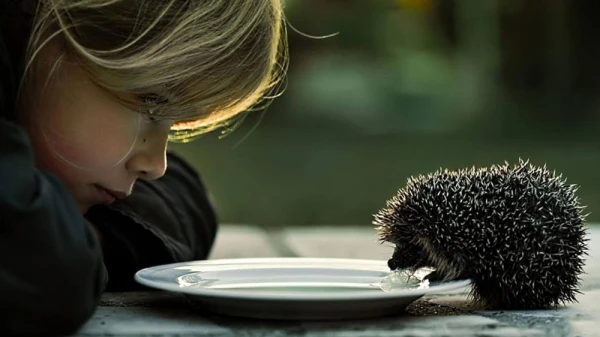
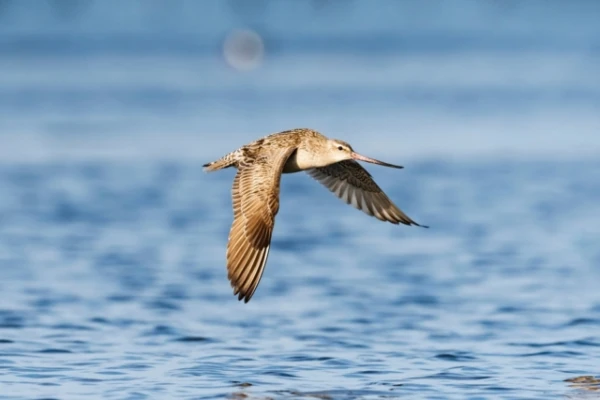
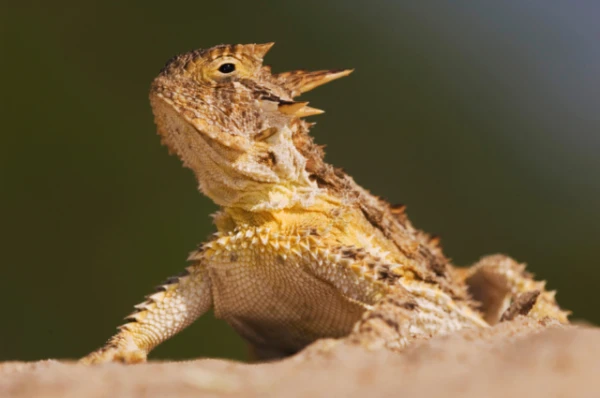
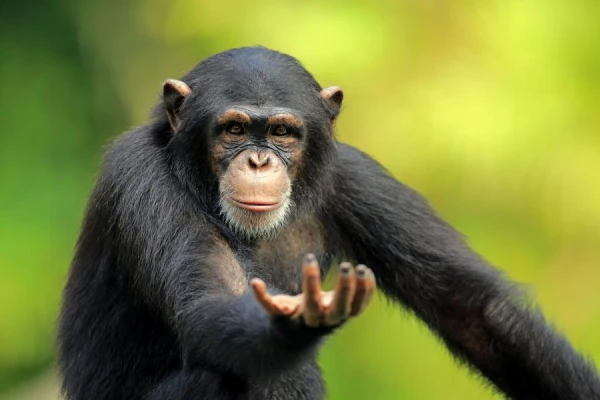
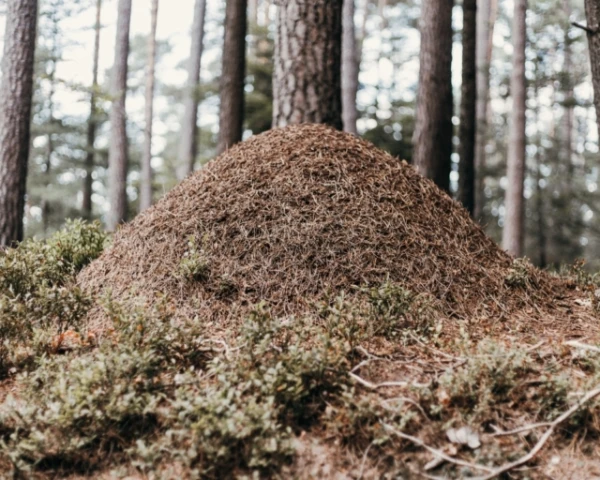
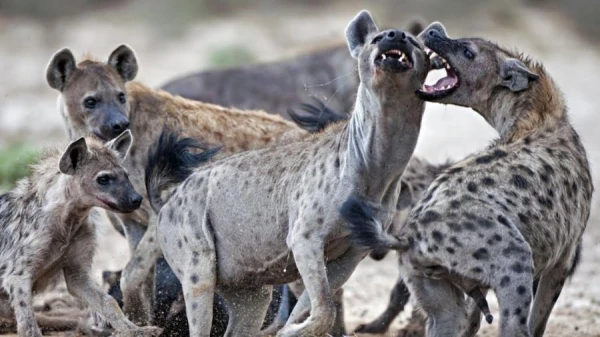



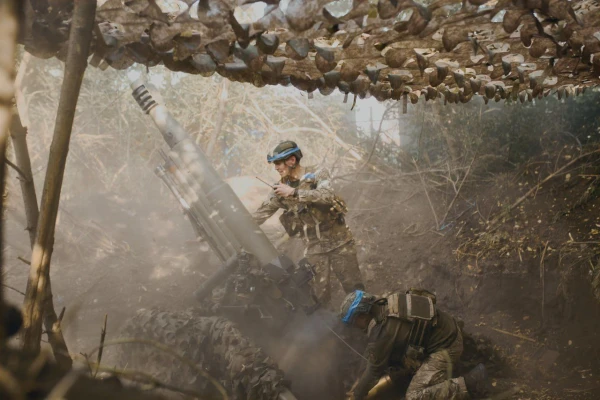
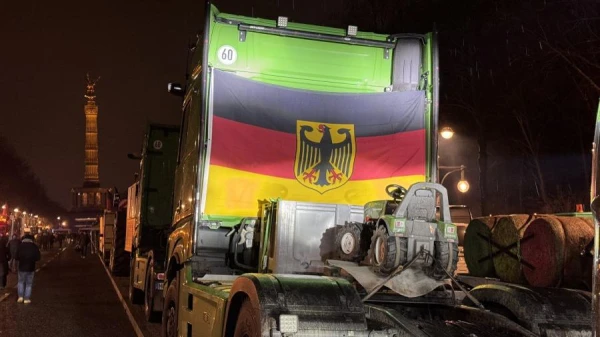

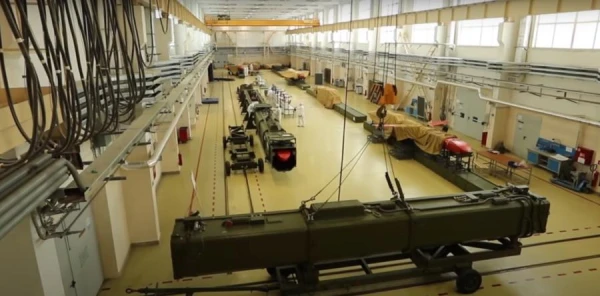
Leave a comment